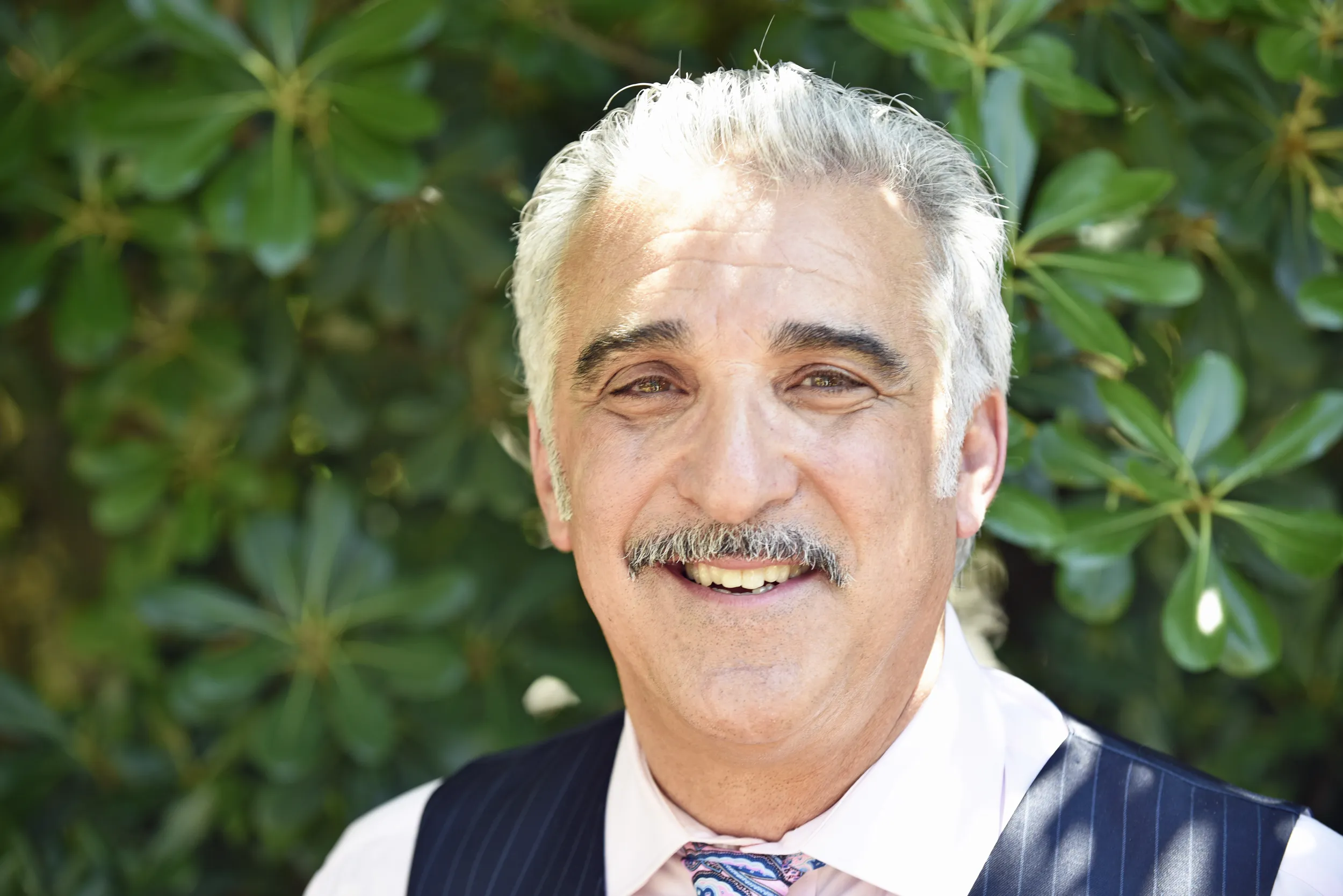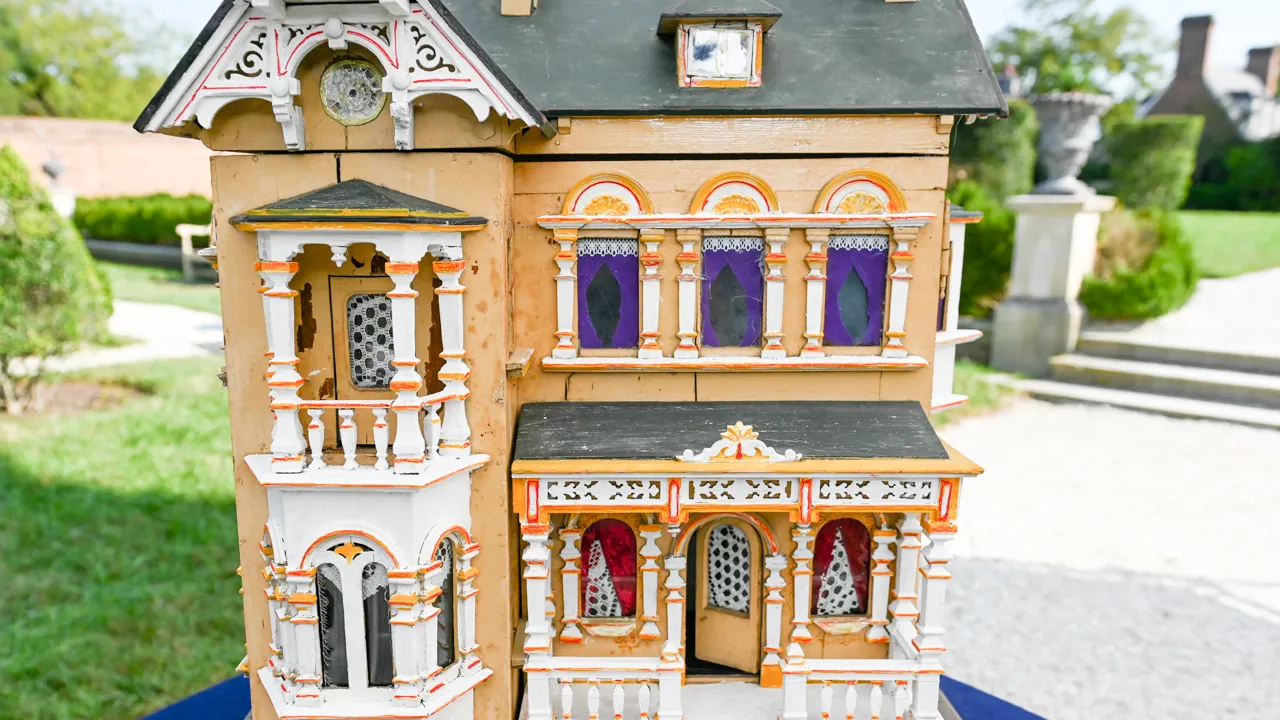GUEST: This was a cuff bracelet. It came from my grandfather. He was working in a trading post called Rough Rock on the Navajo reservation in Arizona. This is something that was left, and he ended up keeping it after it wasn't picked up. I actually lived in the house behind the trading post. And I spent a lot of times in the vaults looking at all this gorgeous jewelry. It had a, almost like a bank door on it. And they'd intentionally pawn it for a small amount of money just so that it was not in their safekeeping, but somebody else's. They knew it would be secure and it wouldn't get lost.
APPRAISER: Your grandfather was living on the reservation, working in a trading post, and would exchange money, goods, and services to the Native Americans who were in need of these services through their unfortunate circumstances.
GUEST: Right, it, it was truly a trading post. They'd take their livestock, they'd take anything of value from them, and give them goods, you know, at inflated price.
APPRAISER: Mm-hmm.
GUEST: So, yeah, they did take advantage of the situation.
APPRAISER: Yeah. Unfortunately. When Native Americans came in with jewelry like this, this wasn't jewelry that was ever intended to be sold to the public. This was jewelry that they made to wear themselves. The fact that the particular person that traded on this piece, as you had told me, never came back, it became dead pawn, which means the trading post eventually owned the bracelet. So you have a wide cuff, sterling silver. It's very heavy. This bracelet is just short of seven troy ounces. It strikes me, as a bracelet, looking at the work and the style, 1915, 1920. But there's no way to say that it wasn't made in 1935. What you have here is an early example where the tool could have been as simple as an old file. They would take that and reconfigure that tool so that they could rocker it, or engrave these little lines. I love the gold nuggets. We have three very interesting coins. The first one, the 1856, it's a three-dollar gold coin, was designed by Longacre. That's the earliest coin. We have the five-dollar Indian head designed by Pratt. 1912. And then in the middle, we have one of the most beautiful and famous coins ever made, the U.S. $20 gold piece by Augustus Saint-Gaudens. 1916. Now, it's very unusual to find gold coins, especially of this size and this age, in early American Indian jewelry. You just don't see it that much. This is one of the greatest examples of a particular cuff bracelet like this that I've ever seen. I think a bracelet like this would be worth, at auction, in the neighborhood of $7,000 to $9,000.
GUEST: Oh. Nice. (chuckles)
APPRAISER: Yeah.








